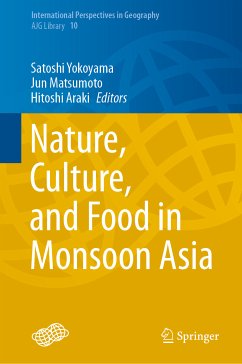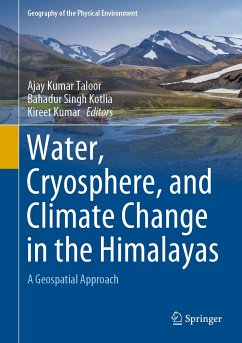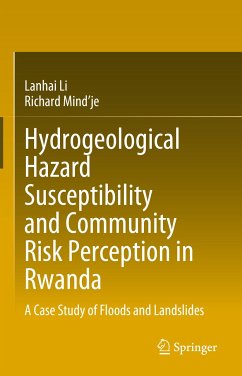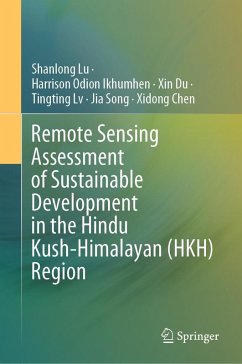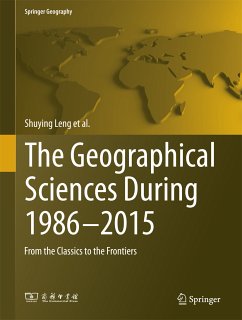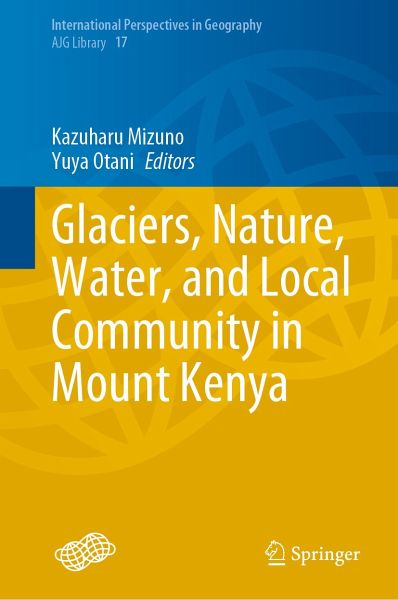
Glaciers, Nature, Water, and Local Community in Mount Kenya (eBook, PDF)
Versandkostenfrei!
Sofort per Download lieferbar
104,95 €
inkl. MwSt.
Weitere Ausgaben:

PAYBACK Punkte
52 °P sammeln!
This book describes the challenges for the natural environments and local communities in the future. Among the high mountains of Africa, only Kilimanjaro, Mount Kenya, and the Rwenzori Mountains are still capped with glaciers. The retreating rate of these glaciers has accelerated, and they are expected to disappear in the near future. In the area around Mount Kenya, the precipitation is generally low, such that rainfall cannot stably supply water for farmlands and daily life. It has been revealed that the glacial meltwater has produced springs at the foot of the mountain. It is therefore impor...
This book describes the challenges for the natural environments and local communities in the future. Among the high mountains of Africa, only Kilimanjaro, Mount Kenya, and the Rwenzori Mountains are still capped with glaciers. The retreating rate of these glaciers has accelerated, and they are expected to disappear in the near future. In the area around Mount Kenya, the precipitation is generally low, such that rainfall cannot stably supply water for farmlands and daily life. It has been revealed that the glacial meltwater has produced springs at the foot of the mountain. It is therefore important to characterize the condition of water sources near Mount Kenya for use by local people. This book discusses the relationships between the actual state of the climate and glacier shrinkage around Mount Kenya, the surrounding vegetation, soil, and water environments, and the lives of the foothill region inhabitants confronting the glacier shrinkage. This book is valuable in the contemporary age, when the assurance of a sustainable relationship between nature and mankind is critical.
Dieser Download kann aus rechtlichen Gründen nur mit Rechnungsadresse in A, B, BG, CY, CZ, D, DK, EW, E, FIN, F, GR, HR, H, IRL, I, LT, L, LR, M, NL, PL, P, R, S, SLO, SK ausgeliefert werden.



